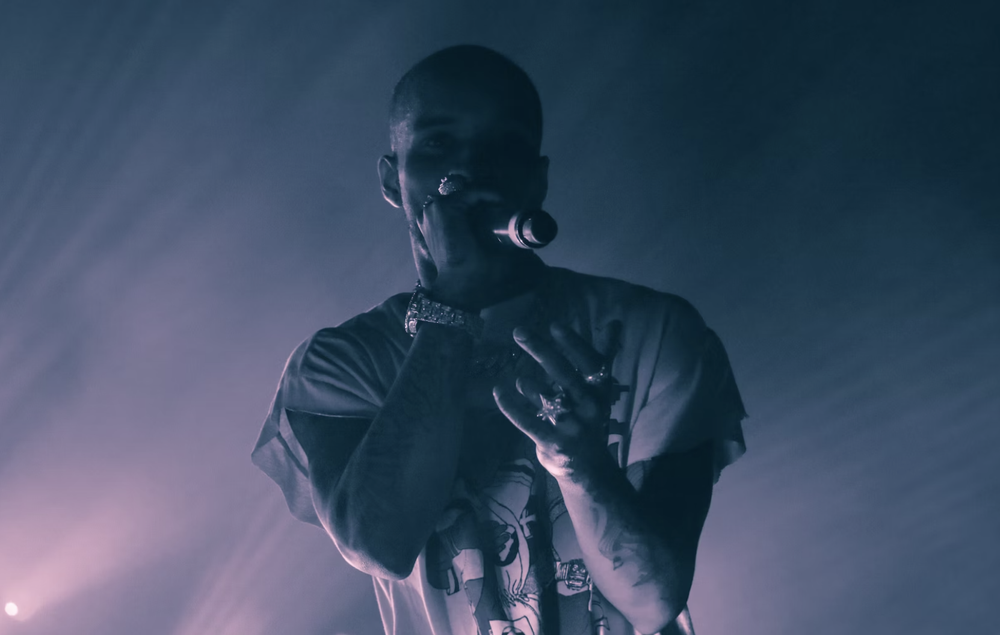The Beat Goes On: A Cultural Exploration of Boston's Underground Soundtrack and Its Impact on the City
The history of Boston's underground music scene is one of both resilience and creativity, a tale of artistic expression and social upheaval that spans generations. From the emergence of the Boston Tea Party nightclub in the 1960s to the present day, Boston's underground music scene has been a source of inspiration and rebellion for generations of musicians and fans alike.
The Famous Club
The Boston Tea Party Nightclub opened its doors in 1967, just as the city was undergoing significant social and political changes. The club quickly became a hub for Boston's counterculture, hosting performances by now-legendary acts like The Doors, Pink Floyd, and Led Zeppelin. For a few brief years, the Boston Tea Party was the center of the underground music world, attracting fans from all over the country.
But the club's success was short-lived. In 1971, the Boston Licensing Board imposed strict new regulations on live music venues, effectively putting the Boston Tea Party out of business. The closure of the club was a crushing blow to Boston's music scene, and many feared that the city's underground music culture would never recover.
The People
Despite this setback, Boston's underground music scene soldiered on. In the years that followed, a new generation of musicians emerged, drawing on the city's rich musical heritage to create something new and exciting. Bands like The Pixies and Mission of Burma infused punk and post-punk sensibilities into their music, creating a sound that was uniquely Bostonian.
As the 1980s gave way to the 1990s, Boston's underground music scene continued to evolve. Grunge and alternative rock became dominant musical styles, and bands like Dinosaur Jr. and The Lemonheads found success. Meanwhile, the city's hardcore punk scene continued to thrive, with bands like SSD and Gang Green drawing legions of devoted fans.
Today, Boston's underground music scene remains as vibrant as ever. While the city's music venues have changed, with iconic clubs like The Rat long gone, new venues like The Sinclair and Great Scott have taken their place. Boston's music scene continues to be a source of inspiration and rebellion, with bands like Pile and Speedy Ortiz carrying on the city's storied musical legacy.
The Schools
Boston is also home to some of the world's most prestigious music schools. The Berklee College of Music and the New England Conservatory are two institutions that have played a significant role in shaping the city's musical identity.
Berklee, founded in the aftermath of World War II, has become a magnet for aspiring musicians from around the world. With a curriculum that focuses on contemporary music and an impressive list of alumni, including the likes of Quincy Jones and John Mayer.
The New England Conservatory, founded over a century earlier, has a more traditional focus, with a curriculum that emphasizes classical music. But the conservatory has also played an important role in the city's avant-garde music scene, with a long list of experimental musicians among its alumni including Leonard Bernstein and Yo-Yo Ma.
In many ways, Boston's underground music scene reflects the city itself: clever, innovative, and endlessly creative. Despite setbacks and challenges, Boston's musicians and fans have always found a way to make their voices heard, carving out a unique musical identity that continues to inspire new generations of artists. Boston's underground music scene is a testament to the power of music to shape culture.

